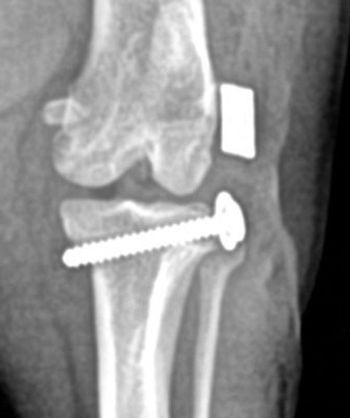
Correction: Laboratory evaluation of kidney disease
In Figure 1 on page 244 of the article "Laboratory evaluation of kidney disease" in the May 2011 issue, a marker pointing to the distal tubule was incorrectly placed.
In Figure 1 on page 244 of the article "Laboratory evaluation of kidney disease" in the May 2011 issue, a marker pointing to the distal tubule was incorrectly placed. The corrected figure is shown below. We regret any confusion this error may have caused.
Fgure 1
- Glomerulus: Filtration of blood
- Proximal convoluted tubule: Bulk (about 65%) of reabsorption of filtered water and solutes
- Descending thin limb of loop of Henle: Water reabsorption (about 20%) and production of concentrated ultrafiltrate
- Ascending thin limb of loop of Henle: Impermeable to water
- Ascending thick limb of loop of Henle: Reabsorption of sodium, potassium, and chloride; dilution of tubule fluid; generation of medullary hypertonicity
- Juxtaglomerular apparatus: Regulation of systemic blood pressure and GFR
- Distal convoluted tubule: Reabsorption of sodium, chloride, and divalent cations; dilution of tubule fluid
- Cortical collecting duct: Function similar to distal tubule's; regulation of acid-base balance (hydrogen and bicarbonate); regulation of sodium and potassium
- Medullary collecting duct: Final control of urine concentration via antidiuretic hormone; regulation of acid-base balance (hydrogen and bicarbonate)
*References: Verlander JW. Glomerular filtration. In: Cunningham JG, ed. Textbook of veterinary physiology. 3rd ed. Philadelphia, Pa: W.B. Saunders Company, 2002;431; and Guyton AC, Hall JE. Urine formation by the kidneys: I. Glomerular filtration, renal blood flow, and their control. Textbook of medical physiology. 10th ed. Philadelphia, Pa: W.B. Saunders Company, 2000;282.
Newsletter
From exam room tips to practice management insights, get trusted veterinary news delivered straight to your inbox—subscribe to dvm360.






